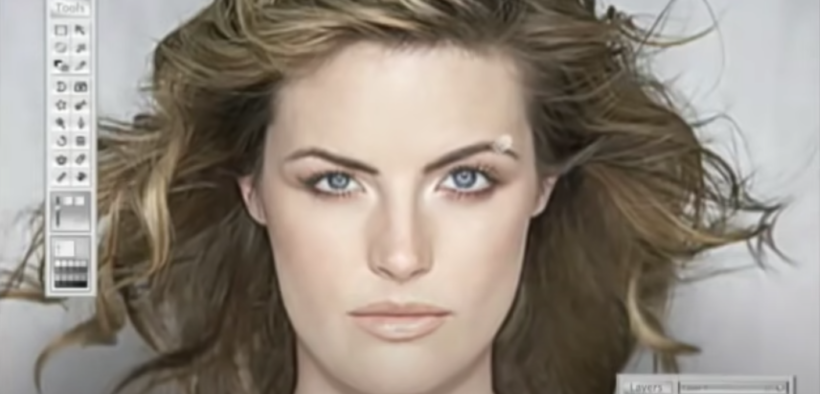Share

Social media has changed the way we consume advertising. What was once led by big name brands and even bigger name models, the beauty industry is changing. But was it changing some 18-odd years ago? Was the humble Dove soap bar the original beauty disruptor?
In 2004, Dove launched a campaign with Unilever’s agency Ogilvy & Mather. The campaign, known as Campaign for Real Beauty, came about when research suggested only two percent of women could describe themselves as beautiful. The message of the campaign was clear; all unique differences and appearances should be celebrated. Now, 18 years after Dove first forayed into dispelling the status quo of beauty marketing, it still pushes the same message.
The original: Evolution
It started with an ad. It was in 2006 that Dove launched a video campaign. It opens with a woman who has now been described as “pretty, but average” in subsequent writings about the campaign. The subject is sat in a chair, and then the film is sped up. Hours of hair and makeup is done, followed by a photo shoot. The image is then edited beyond belief. This is what is transferred to a billboard for all consumers to be sold as the bar for what is beautiful. It finishes with a message, “No wonder our perception of beauty is distorted.”
On its first day, the video garnered 40,000 views. It amassed 1.7 million views in a month, and finished its first year with 12 million views. In the start of YouTube, this was considered a viral success. The ad had been created for the internet, but it was used during the ad break of The Hills – a vapid MTV show about America’s most impossibly beautiful.
The ad became a cornerstone of Dove’s creative, as the company set out to challenge the beauty industry.
Beauty disruptors
The beauty industry is regularly criticised as promoting unrealistic beauty standards. When Dove was first released, it was seen as just another beauty brand. Similar to Johnson & Johnson, it made soaps, haircare and skincare products. The marketing was run of the mill. It was only after a study that looked at the dark of women’s self-confidence, did Dove with Ogily & Mather see a gap in the advertising market. That is, show the real side. The side without photoshopped out stretch marks, no signs of ageing nor dimples. White, mid-20s models were replaced by all body shapes, many nationalities and many ages being represented. It was the first of its kind.
The evolution of the disruptor
Dove was the first of its kind to shake up the beauty industry. None of the campaigns had edited out ‘flaws’, and it has continued today to use a wide breadth of talent in its campaigns. In August 2022, the beauty brand released its latest campaign encouraging women to keep their grey hairs.
Does it work?
Although the campaigns are not without criticism; perhaps it’s too on-the-nose or lacking nuance, it worked. Dove sales rose an astronomical 700 percent in the first half of 2004, marking that the campaign and its message was working.
Not only did Dove’s sales work, but the beauty brand was an early adopter of disruption mentality. And, as the world around us changes, Dove’s message remains even more true than ever. The marketing team continues to change its tactic as filters and fillers become even more prevalent, but the message remains the same: real is beautiful.















